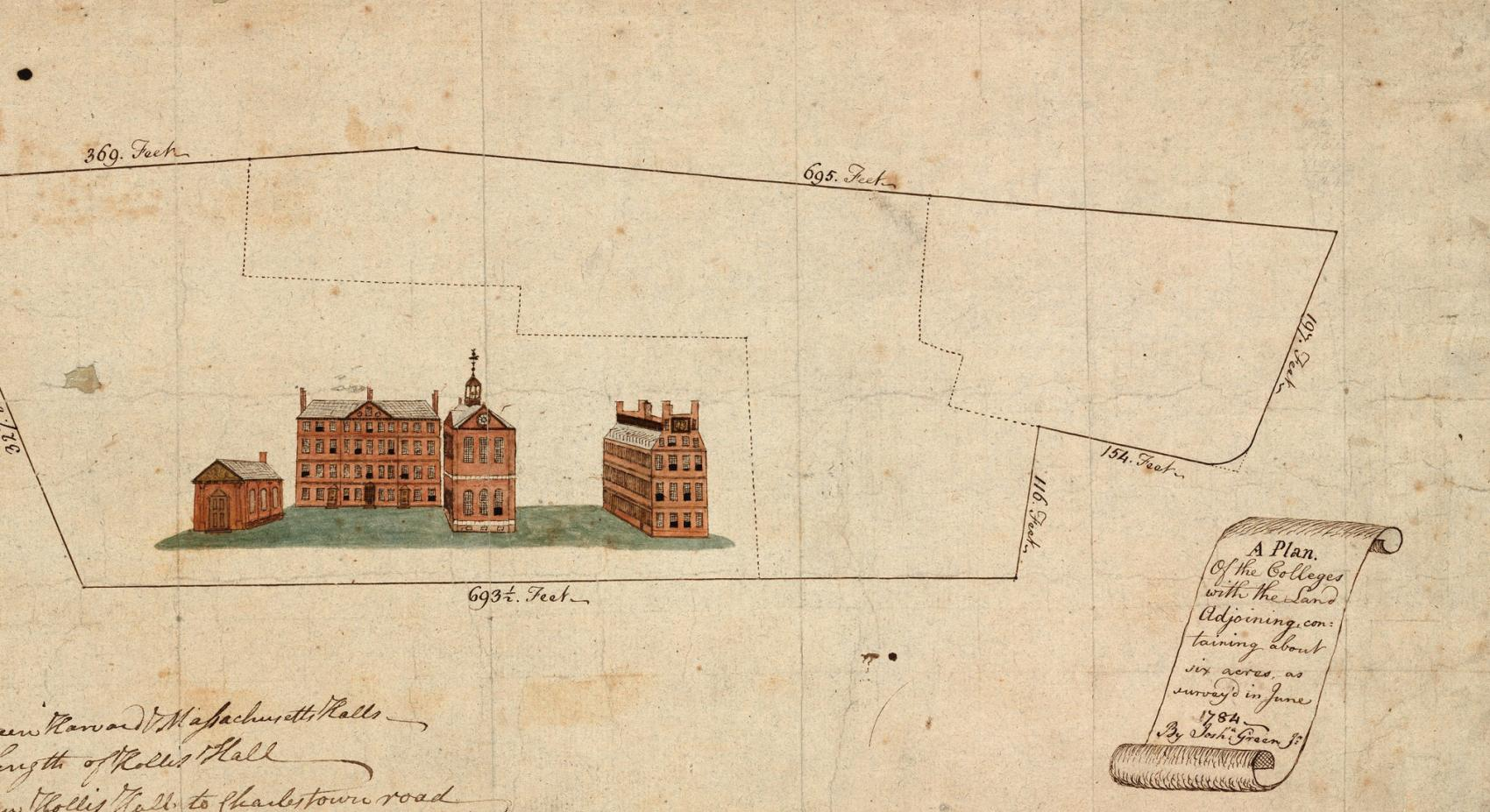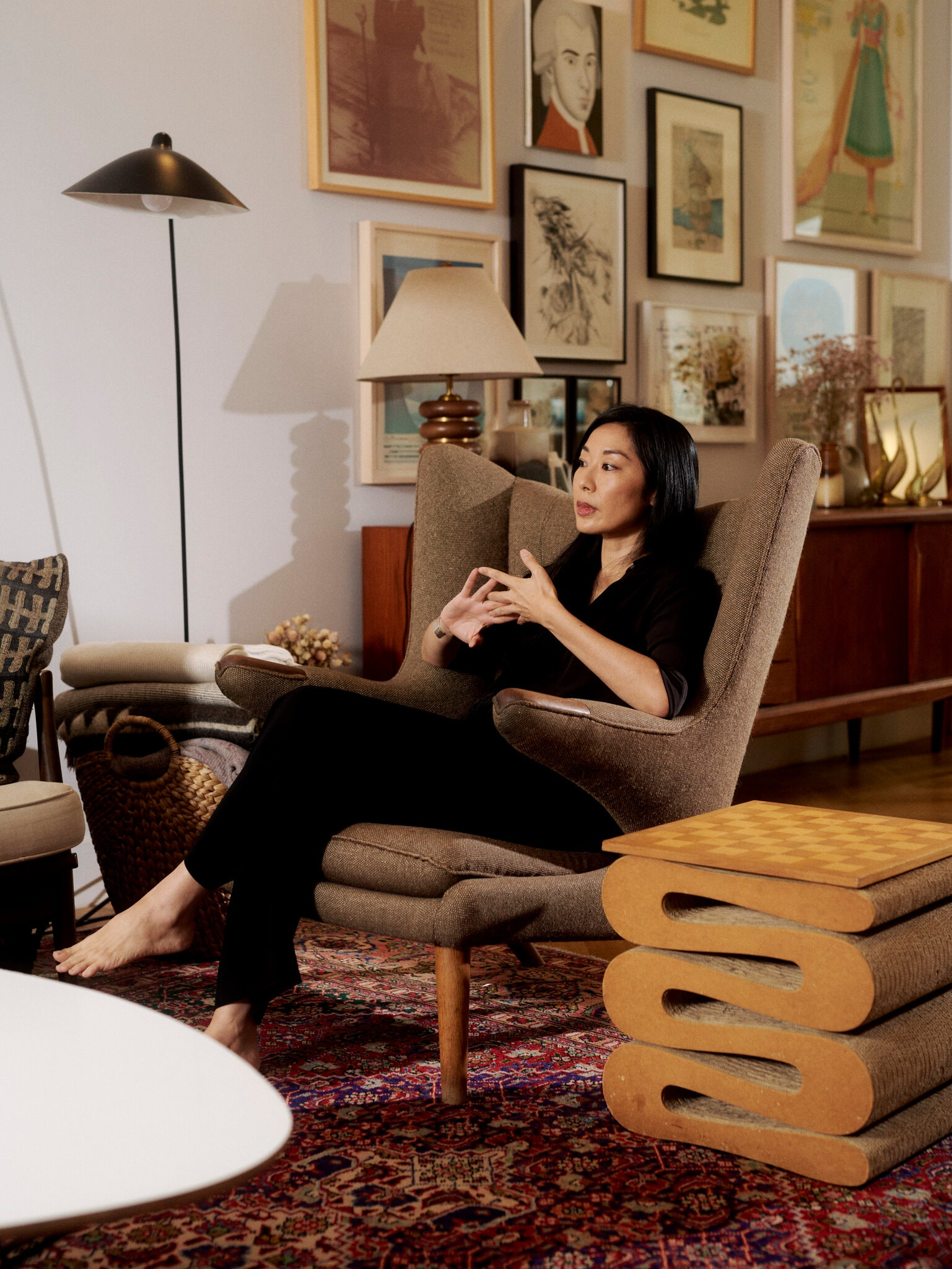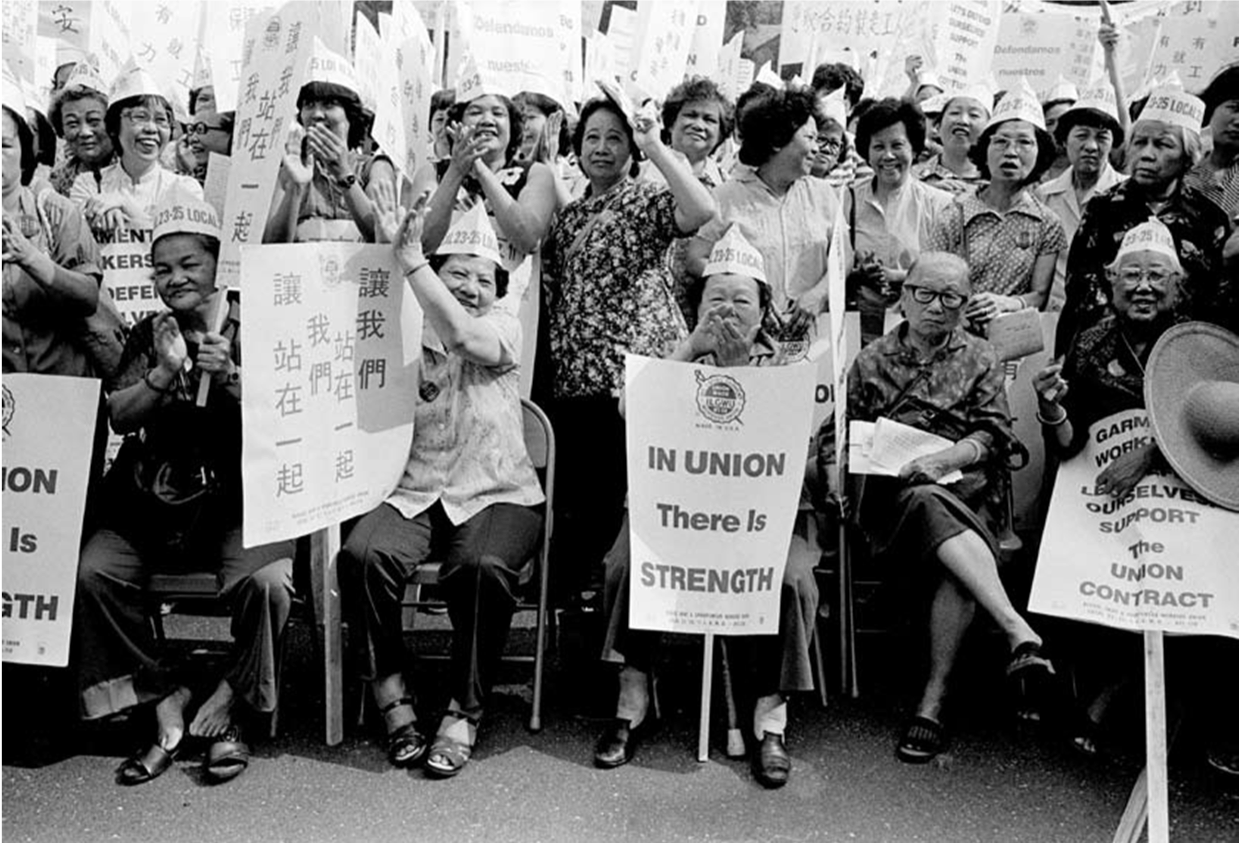Harvard University Archives stands as a vital repository of knowledge and history, preserving the rich tapestry of Harvard’s cultural legacy and its broader impact on American society. With treasures like a handwritten letter from John F. Kennedy to his classmates and correspondence from the renowned civil rights activist W.E.B. Du Bois, the archives embody the spirit of inquiry and social progress. The recently unveiled “Archives Inside Out” exhibit showcases extraordinary Harvard exhibits that illuminate the archival history and life of the University. Each selected piece, from poignant letters to historic photographs, narrates not only the educational journey of its individuals but also events that shaped our collective history. By exploring these artifacts, we gain insight into the remarkable stories behind them and the enduring significance of the Harvard University Archives in documenting our past.
The Harvard University Archives, a cornerstone of historical preservation, comprises extensive collections that reveal the multifaceted narratives of both the institution and the nation. Known for its remarkable artifacts, including communications from prominent figures like John F. Kennedy and W.E.B. Du Bois, this archive serves as a lens through which we can examine key moments in Harvard cultural history. The ongoing “Archives Inside Out” exhibition highlights significant items, showcasing how these records contribute to our understanding of the archival landscape. It invites visitors to engage with the stories encapsulated in these pieces, offering a deeper appreciation for the complexities of archival work. As we delve into this treasure trove, we experience firsthand the dynamic interplay between history, memory, and identity that defines our communal legacy.
Exploring Harvard’s Archival Treasures
The Harvard University Archives is a remarkable repository that captures multifaceted layers of history, culture, and education. Within its labyrinth of manuscripts and documents lies the handwritten letter from former President John F. Kennedy, which serves not merely as a relic of an influential alumnus but as a vital piece of American political history. This letter sheds light on Kennedy’s insights during his formative years, reflecting the ethos of Harvard College and the broader socio-political climate of the time. Through such documents, we can trace the evolution of significant figures as they intertwine with Harvard’s narrative and America’s journey through history.
In addition to presidential correspondence, the archives showcase the impact of social justice advocates, exemplified by W.E.B. Du Bois’s letter to his mentor. Such artifacts highlight how Harvard has been a breeding ground for discussions on race relations and equality in America. The selection of these letters, particularly in the ‘Archives Inside Out’ exhibit, reveals the stories behind the items that frequently remain hidden from public view. Each piece underscores Harvard’s commitment to fostering dialogue and understanding around critical societal issues, enhancing our comprehension of the archival legacy.
The Intersection of Harvard’s Cultural History and Archival Work
Harvard’s culture is deeply entwined with its archival history, as illustrated by the inclusion of photographs and memorabilia that narrate the experiences of diverse individuals throughout the years. One standout example is the photograph of women astronomers working at the Harvard College Observatory in the early 1900s. This image not only depicts their contributions to the field of astronomy but also reflects the often-overlooked labor that women have historically performed in various professional spheres. Such visual archives serve to recognize and celebrate women’s roles in academia and their ongoing influence within scientific fields today.
Moreover, the efforts to digitize collections encapsulating a myriad of perspectives, such as personal letters from students of different backgrounds, underscore the commitment to an inclusive narrative. The letter from Ragan Henry provides compelling insights into the social dynamics of his time, revealing personal stories that resonate with contemporary discussions on equity and belonging. By making these collections accessible online, Harvard is actively engaging with its cultural history while ensuring that diverse voices are heard and preserved for future generations.
Notable Correspondences in Harvard Archives
The distinctiveness of letters housed in Harvard University Archives illuminates personal connections and significant cultural dialogues. The correspondence between Seamus Heaney and Professor Helen Vendler is an excellent portrayal of how literature and academia intersect, showcasing not only Heaney’s literary craft but also the mentorship that transpired within the Harvard community. Such letters encapsulate moments of camaraderie and intellectual exchange, offering a glimpse into the vibrant academic life that characterizes Harvard.
Another notable letter is from W.E.B. Du Bois to Albert Bushnell Hart, which reflects the historically significant discussions around race relations at the turn of the century. This communication highlights the vibrant intellectual discourse that has shaped Harvard’s identity. By archiving such correspondences, the University preserves critical dialogues that chart the evolution of thought and activism, positioning itself as a custodian of both its alumni’s literary legacies and broader societal change.
The Role of Harvard Archives in Documenting Contemporary Events
The ability of Harvard University Archives to document current events is exemplified through its extensive web archiving program. The capture of The Harvard Crimson’s coverage during the COVID-19 pandemic presents an urgent chronicle of a critical moment in history as it unfolded. This document not only records the university’s institutional response but serves as a historical artifact showcasing the resilience and adaptability of the Harvard community in times of unprecedented crisis.
Moreover, the digital capture of university publications facilitates a growing understanding of how information disseminates and influences public perceptions. Capturing such media during times of turmoil adds a rich layer to the archival narrative, allowing future scholars and historians to analyze Harvard’s role and responses in real-time—offering a unique window into institutional memory and its documentation of contemporary societal challenges.
Connecting the Past to Present at Harvard
The ‘Archives Inside Out’ exhibit at Harvard serves as a bridge connecting the rich tapestry of the past with the vibrant community today. Featuring artifacts like Kennedy’s letter and the enduring legacy of W.E.B. Du Bois, the exhibit invites visitors to engage with the university’s historical narrative while reflecting on the contemporary implications of these connections. Each selected item embodies a story, revealing the continuous journey of academic inquiry and cultural evolution that defines Harvard.
This exhibition model also encourages active participation from the University staff and the broader public, allowing for a collective exploration of history. By sharing their favorite finds from the archives, archivists foster a deeper appreciation for the diverse narratives captured within the collections, encouraging visitors to reflect on their own connections to Harvard and its storied past. This interplay between personal discovery and institutional legacy enhances the understanding of Harvard’s cultural history and its ongoing relevance.
The Digitization Efforts of Harvard University Archives
In today’s digital age, the efforts of the Harvard University Archives to digitize historical collections can be viewed as a proactive approach to preserving cultural history. Digitization allows for broader access to vital documents that would otherwise be relegated to physical spaces, ensuring that diverse narratives and historical accounts are preserved for future researchers and the general public. Through initiatives aimed at including underrepresented voices, the archives demonstrate a commitment to equity, diversity, and inclusion in historical documentation.
Furthermore, the digitized collections serve as essential resources for scholars and educators looking to explore the rich tapestry of Harvard’s legacy. By making letters, photographs, and documents accessible online, the archives break down barriers and foster greater interaction with history. This accessibility creates opportunities for new interpretations and insights into Harvard’s cultural history, ensuring that the stories of individuals like W.E.B. Du Bois and their contributions to society remain alive and influential.
Exhibiting the Harvard Cultural Heritage
The ‘Archives Inside Out’ exhibit exemplifies the significance of presenting Harvard’s cultural heritage to the wider public. By curating items that span a century of rich history, from correspondence by John F. Kennedy to archival photographs of significant moments in history, the exhibit illustrates how the university has been shaped by and, in turn, shapes American culture. The exhibit not only highlights key historical moments but also draws connections to contemporary issues reflecting the ongoing relevance of these narratives.
In showcasing these culturally significant items, Harvard aims to foster appreciation for the university’s long-standing contributions to knowledge and societal enrichment. The exhibit serves not just as a showcase of artifacts but as a narrative connecting visitors to the threads of history that intertwine through the university and American society. Harvard’s cultural heritage thus becomes an avenue for dialogue, learning, and reflection that resonates across generations.
The Future of Archival Practices at Harvard
As Harvard University continues to navigate the complexities of its archival practices, the focus on accessibility and inclusivity remains at the forefront of its mission. The insights garnered from the ‘Archives Inside Out’ exhibit establish a framework for future exhibitions that aim to resonate with a broader audience. By embracing modern interpretative strategies and community engagement, Harvard safeguards the relevance of its archives, fostering a relationship between history and contemporary public discourse.
Looking ahead, the commitment to evolving archival practices will involve integrating technological advancements in digitization and preservation while maintaining the integrity of historical records. Harvard’s archives will continue to be a vital resource for understanding the past and its connections to present societal challenges—effectively ensuring that the university’s rich cultural heritage is not only preserved but also actively contributes to ongoing conversations about identity, equity, and inclusivity within academia.
Frequently Asked Questions
What types of items can be found in the Harvard University Archives?
The Harvard University Archives houses a diverse collection of items that tell the story of Harvard’s institutional and cultural history. This includes personal letters, like the John F. Kennedy letter to his classmates, photographs such as those of women computers at the Harvard Observatory, and documents from influential figures like W.E.B. Du Bois. These items collectively showcase the rich archival history and illustrate the intersection of Harvard’s legacy with broader American history.
How does the ‘Archives Inside Out’ exhibit at Harvard highlight archival history?
The ‘Archives Inside Out’ exhibit at Harvard presents selected items from the Harvard University Archives that reflect pivotal moments in both the University and American history. By curating these items, including the poignant letters from figures like W.E.B. Du Bois, the exhibit demystifies the archival work and emphasizes the role of archivists in preserving and presenting Harvard’s cultural history.
Can you tell me more about the significance of the John F. Kennedy letter displayed at Harvard University Archives?
The handwritten letter from John F. Kennedy to members of the Harvard College Class of 1940, showcased in the ‘Archives Inside Out’ exhibit, offers an intimate glimpse into Kennedy’s character and provides context to his educational journey at Harvard. It is a significant artifact within the Harvard University Archives, illustrating how personal correspondence can add depth to our understanding of historical figures.
What role does W.E.B. Du Bois play in Harvard Archives?
W.E.B. Du Bois is a prominent figure within the Harvard University Archives due to his influential writings and understanding of race relations. A letter from Du Bois to his mentor, Albert Bushnell Hart, is part of the archives, showcasing his interactions and thoughts on critical social issues of his time that continue to resonate today, thus enhancing the archival history of Harvard.
How can the public access Harvard University Archives collections?
The public can access many collections from the Harvard University Archives through exhibitions like ‘Archives Inside Out’ and online digital platforms. The Harvard Library’s website provides resources where individuals can view digitized collections, such as letters and significant historical documents, reflecting the diverse cultural history held within the archives.
What is the purpose of curating items for exhibits at Harvard University Archives?
Curating items for exhibits at the Harvard University Archives serves to celebrate and make accessible the rich archival history of both the University and wider American society. This approach engages the public by illuminating the stories behind historical artifacts, like letters from historical figures and unique contributions to Harvard’s narrative, fostering appreciation for the work of archivists.
What types of personal correspondence are in the Harvard University Archives?
The Harvard University Archives contains various forms of personal correspondence, including letters from Harvard alumni and influential figures such as Seamus Heaney and W.E.B. Du Bois. These letters not only provide insight into the lives and thoughts of their authors but also illustrate significant cultural and historical contexts, enriching the archival collection.
How does Harvard University Archives contribute to the understanding of Harvard’s cultural history?
The Harvard University Archives contributes to the understanding of Harvard’s cultural history by preserving and showcasing vital artifacts, documents, and letters that encapsulate the experiences of its community. Through exhibitions and digitization efforts, like the recent ‘Archives Inside Out’ exhibit, the archives highlight the narratives of influential figures and the evolution of the university, making its history accessible and relevant.
| Item | Description | Curator |
|---|---|---|
| Letter from John F. Kennedy to Harvard College Class of 1940 | A draft letter offering a warm glimpse into JFK’s character. | Pam Hopkins, Head of University Archives Reference Services |
| Photograph of Women Computers at Harvard Observatory (circa 1900) | Depicts women cataloging stars, showcasing their invisible labor. | Alison Macdonald, Records Manager/Archivist for Operations |
| Letter from W.E.B. Du Bois to Albert Bushnell Hart (1905) | Discusses race relations, revealing a broad range of responses. | Erin Clauss, Lead Processing Archivist |
| Perpetual Calendar by Thomas Hill (1885) | Illustrates Hill’s scientific pursuits beyond education. | Dominic P. Grandinetti, Processing Archivist |
| Screen capture of The Harvard Crimson (March 2020) | Documents Harvard’s response to the COVID-19 pandemic. | Sean Crawford, Collection Development and Records Management Coordinator |
| Sketches from The Harvard Lampoon (1882) | Represents the intersection of student life and archives. | Alexandra Dunn, Collection Development Archivist |
| Letter from Seamus Heaney to Helen Vendler (2006) | Discusses Heaney’s experiences with a humorous tone. | Heidi Horner, Collection Development & Records Management Services Assistant |
| Letter from Ragan Henry to Joseph Levow Steinberg (1953) | Touches on personal experiences regarding race and college life. | Jehan Sinclair, Processing and Digitization Archivist |
| Bound typescript: “We Also Have a Voice” (1942) | Documents opposition to military service during WWII. | Ed Copenhagen, Reference Archivist |
Summary
Harvard University Archives showcases the rich tapestry of its institutional history through the curated items of the ‘Archives Inside Out’ exhibition. Each selected artifact, from letters of prominent figures like John F. Kennedy and W.E.B. Du Bois to heartfelt correspondences and historic photographs, embodies the diverse narratives interwoven with Harvard’s story and the broader American experience. This exhibit not only highlights significant archival finds but also emphasizes the role of archivists in preserving and sharing these stories, forging a deeper connection between the past and present. The exhibition remains open until April 30 in Pusey Library, inviting public engagement and reflection on the histories that have shaped Harvard and beyond.



